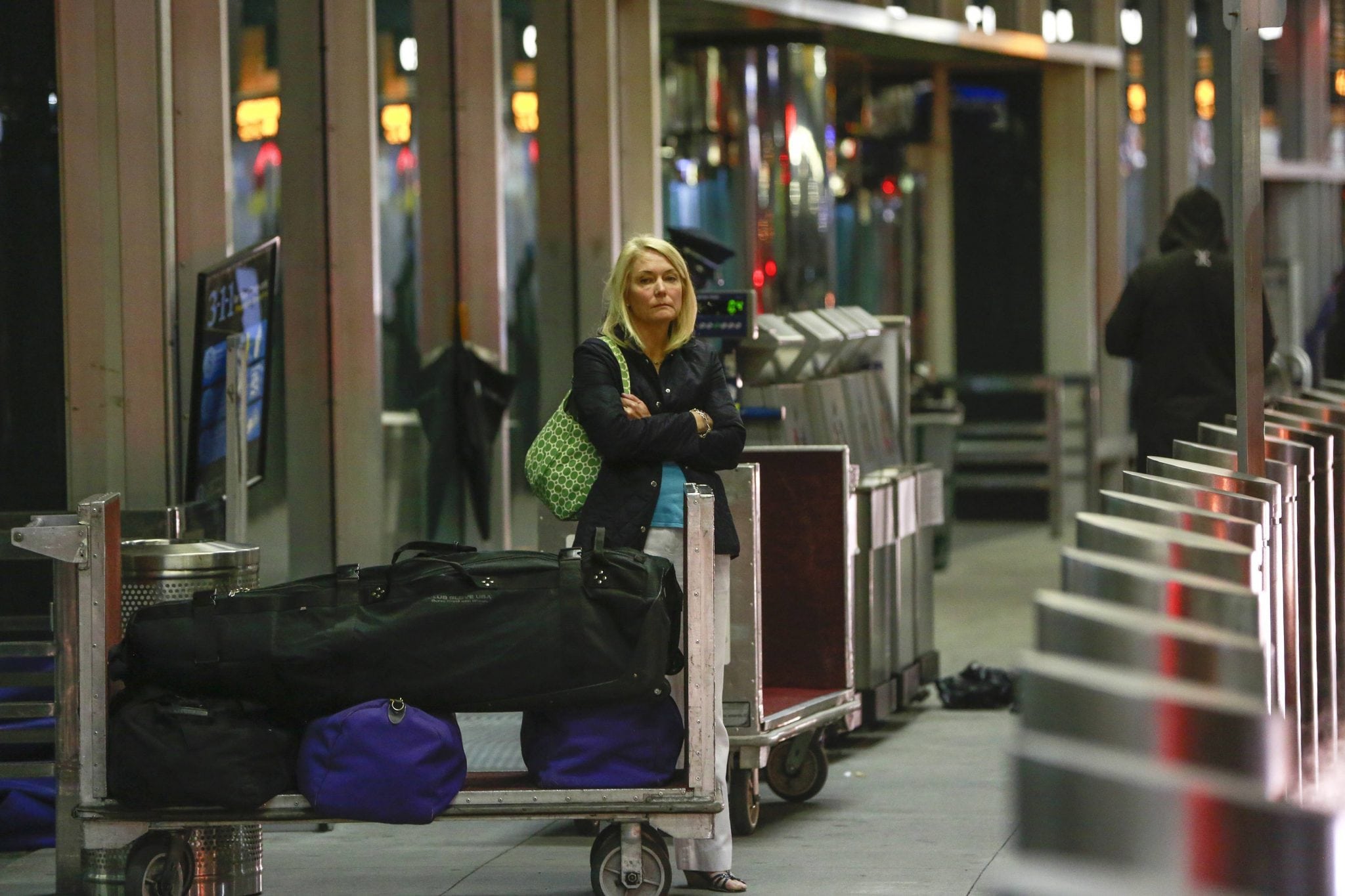Skift Take
With contradictory bills in the House and Senate, there's almost zero chance this bill will pass soon. But that doesn't mean the industry won't continue to come up with creative ways to advertise one cost while charging another.
There’s a debate going on between U.S. legislators and the aviation industry over just how much information airlines need to reveal in fare advertisements.
The fight over consumers’ and airlines’ rights started with the Transparent Airfares Act of 2014, which was introduced by Rep. Bill Shuster (R-PA), the Chair of the House Transportation Committee.
The bill has been pushed hard by airline lobbying and advocacy group Airlines for America industry carries seek ways to circumvent the full-fare advertising rules that were enacted after years of deceptive advertising by the industry. The new bill would allow airlines to advertise or list airfares at any price with little relationship to what the final cost would be.
Removing these mandatory fees and taxes from the advertised ads would require users to go through several booking steps before discovering the true price of travel. The total fare could change dramatically after mandatory taxes and fees are applied.
“Airlines would put a really cheap airfare in an ad. Then consumers click through to learn what the mandatory fees are, then they find out what the taxes are, then they find out what the optional fees are,” explains Charlie Leocha, director of Travelers United, a nonprofit consumer advocacy group.
The act moved out of a house committee on April 9, 2014 with bi-partisan support. A floor vote by the full House is not currently scheduled.
On Tuesday, Senator Robert Menendez (D-NJ) introduced a bill supported by consumer rights advocates called the “Real Transparency in Airfares Act.” The Senate bill would maintain the current DOT regulations requiring airlines and travel sites to include taxes and fees in the full airfare price.
The U.S. Travel Association came out in support of the Menendez bill.
“If airline ticket sellers want to be able to show travelers all of the taxes and fees associated with the ticket price, there’s nothing stopping them from doing that right now,” USTA President and CEO Roger Dow said. “But by no means should we undo the existing rule that enables consumers to see the full bottom-line price when they’re ticket shopping.”
The senate transportation committee is not likely to consider the House version of the bill.
Mandatory Fees
Do travelers want to know where every cent is going, or do they care more about being able to find the best fare for a specific trip?
Airlines for America argues the former and in a statement released last week said that the current system allows the government to hide increasing taxes into airfares. (The biggest individual recipient of campaign contributions by Airlines for America is Rep. Shuster, the act’s co-sponsor.)
These mandatory fees that would be dropped by airfare ads, but not from the fares themselves, are outlined below:
1. There is a 7.5% tax levied on the base airfare paid by all U.S. passengers. The tax goes towards funding the DOT, FAA, air traffic controls systems and new developments at airports.
2. Flyers pay up to $4.50 at each airport they stop or land at after takeoff.
3. There is a $5.60 TSA security fee, also known as the 9/11 fee, levied during the outbound and inbound legs of each trip. Stops and layovers have no impact on the amount.
There are additional taxes and government levies on international travel including a $7 immigration user fee, a $5.50 customs user fee, and $5 for an animal and plant health inspection service fee.
Airlines for America claims taxes and fees have risen from one tenth of the price of an airline ticket to nearly a quarter of the price. A look at the individual fees show a slightly more diverse timeline.
| Aviation Taxes | 1972 | 1992 | 2014 |
|---|---|---|---|
| Passenger Ticket | 8% | 10% | 7.5% |
| Flight Segment | — | — | $4 |
| Frequent Flyer | — | — | 7.5% |
| International Departure | $3 | $6 | $17.5 |
| International Arrival | — | — | $17.5 |
| September 11th | — | — | $5.6 |
| Customs User | — | $5 | $5.5 |
| Immigration User | — | $5 | $7 |
The 7.5% passenger ticket tax is the lowest its ever been, down from 8% in 1972 and 10% in 1992. But other have increased and new fees have been introduced.
The $4.50 passenger facility charge is down from the 1992 limit of $3. Both the international customs and immigration user fees have increased since 1992.
The Daily Newsletter
Our daily coverage of the global travel industry. Written by editors and analysts from across Skift’s brands.
Have a confidential tip for Skift? Get in touch
Photo credit: A woman waits with her luggage at a check-in area at LaGuardia Airport in New York, November 26, 2013. Shannon Stapleton / Reuters
